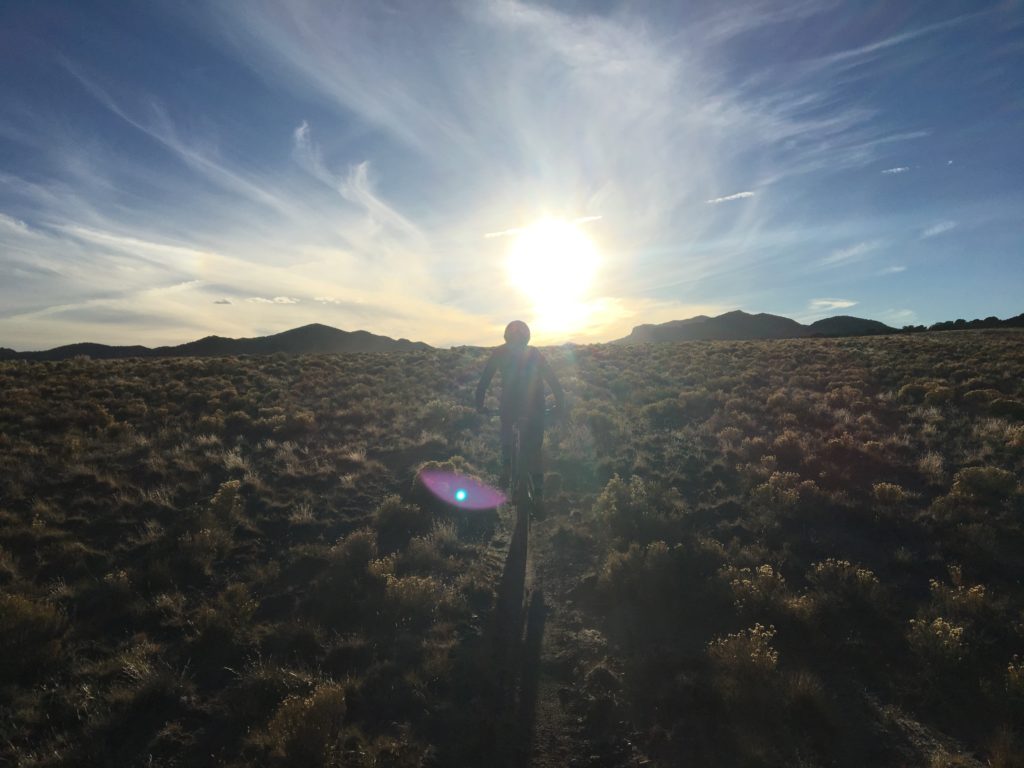You likely heard this statement before about races being won in the off-season, but is it true?
And if so, or not, why? Literally speaking, no because you must be present to win and unless you time-traveled forward, you can’t win an event in the future.
But figuratively speaking, I think there are many components done in preparation that lead to that eventual win. And by win, it doesn’t necessarily mean the 1st place, although it could, but it could be your own defined win.
I’m lucky enough as a coach to be able to see many forms of this evolve from athletes I coach. Some do it better than others and some not at all unfortunately despite my intentions.
So what are those high performers doing in the off-season differently than the others? What characteristics can we glean from them?
Most think it’s a specific training method, way of stacking workouts, periodizing sessions, manipulating nutrition, or new twist on an interval that got them ahead of the crowd.
I’m here as a coach to say, NOPE! There are some advanced techniques people utilize to get those marginal gains, but really if you think about it, if all those claimed a few percent here and there were summed, we’d all have a chance to be at the pinnacle. But it just doesn’t work that way.

From my perspective, it’s the consistency, habits, mindset, and specificity that come from the off-season work.
One of the biggest I see is there are fewer doing the work necessary during the off-season than during the prime season, so that creates a situation where many athletes are committed to their specific work. I believe this situation allows them to move their own dial with regard to personal performance. Don’t get me wrong, I’m a fan of the social component, love doing group rides and having company on almost any outing is great. But reflect and think how adding one training partner affects your timing, execution, focus, etc. let alone a group.
I mean yeah that coffee shop ride was great but when it requires the 20 minutes of cordials prior, then the stops for the guy that overdressed, then for the flat tire, oh and what about waiting on the person that isn’t as fit as the rest, and then your 3-hour ride goal is more like 4 hours of rolling time with actual continual pedal time well-segmented.
When you’re solo, you can focus on what you need to do and get it done.
And this solitary experience often segues into what I call, cutting the shit! Excuse my bluntness. But really if the fun and social factor is missing, then often it’s down to the nitty-gritty and knowing your purpose for that session. Otherwise, if there is not a purpose the likelihood of actually doing it, or even needing to in 1st place, diminishes. Which is fine, as this creates honesty within the athlete to self-reflect and understand the purpose.
The solo work also helps engrain habits that are lasting. The consistency keeps many facets of training relative. Relative relates to perception. Things like temperatures, feel, etc. Think of how rusty you feel after not doing a skill-based task even after a week. It’s the same with sport. Like for mountain biking personally, I do it so frequently in peak season that when the weather doesn’t allow it as much in the off-season, each extended break requires forging that rusty period again. Or even as I commute year-round when I roll out in cold temps day-in and day-out, it’s not a shock, but if I take a break it feels bitterly cold and I’m like “whoa, not today”!
Am I say ride every day and by yourself? Heck NO! It just takes some intention as with many things in life.
First I think athletes should strive for consistency as that’s been linked to higher performance more than any specific tweak as shown from simple data analysis from groups like Strava. It doesn’t need to be every day, but you need to limit repeated lengthy breaks that aren’t planned.
Next, if athletes want to avoid this solitary confinement of sorts, then it usually requires finding a similar training partner. Or often they naturally surface because of being the few and proud. And this relationship is similar to the concept of surrounding yourself with the 5 people you want to emulate. Often this other training partner is similar or possibly better ability in some area, that helps raise your bar. So it becomes symbiotic and mutually beneficial on execution and accountability.
So the take-home messages are:
1) know your why,
2) have the discipline to do what you need to move your own dial more than JRA = just riding along,
3) know when to say NO to invites,
4) stay consistent, and
5) connect with a few that share your goal and similar abilities.